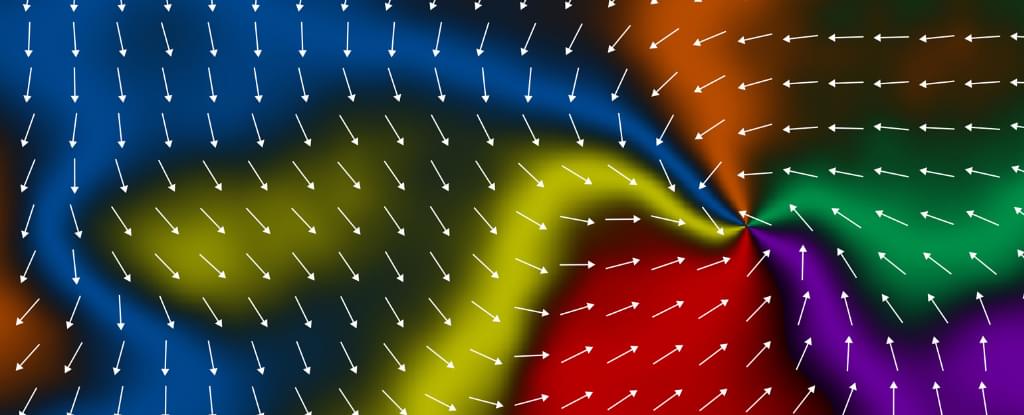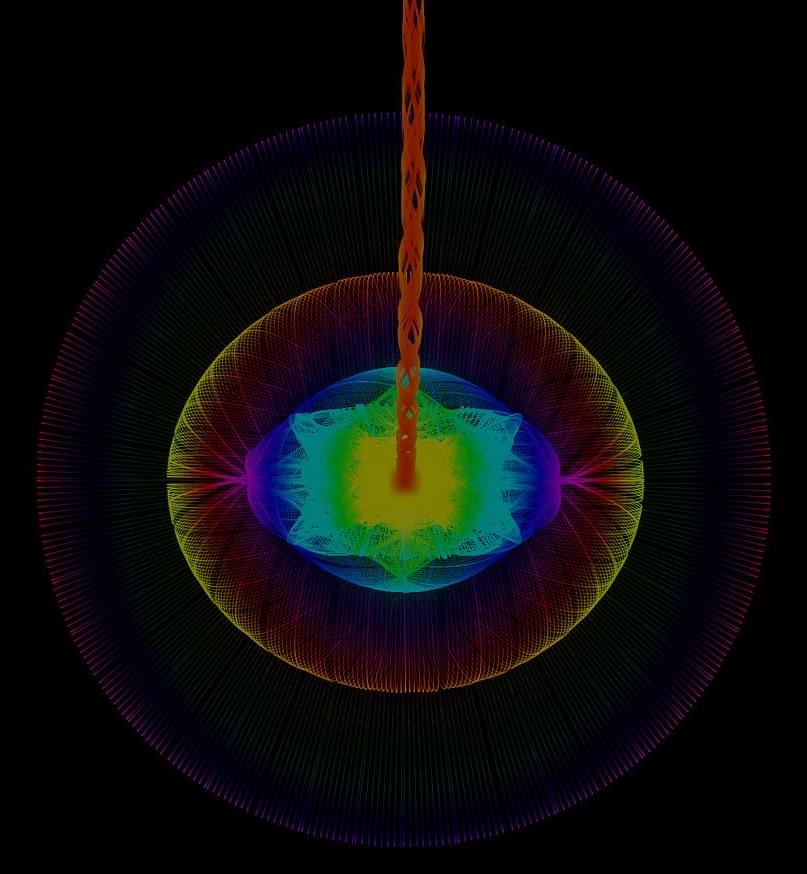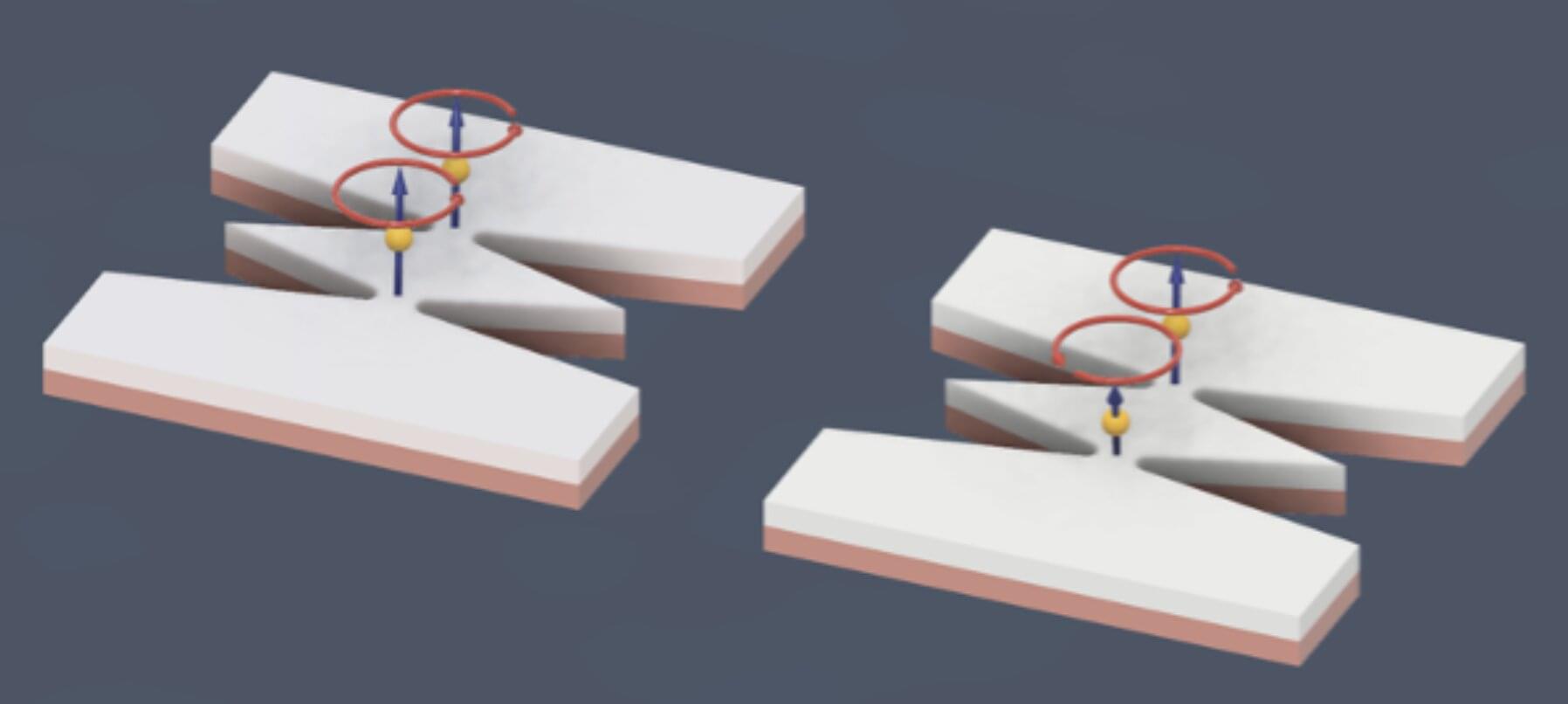A groundbreaking discovery by researchers at the University of California, Los Angeles (UCLA) has challenged a long-standing rule in organic chemistry known as Bredt’s Rule. Established nearly a century ago, this rule stated that certain types of specific organic molecules could not be synthesized due to their instability. UCLA’s team’s findings open the door to new molecular structures that were previously deemed unattainable, potentially revolutionizing fields such as pharmaceutical research.
To grasp the significance of this breakthrough, it’s helpful to first understand some basics of organic chemistry. Organic chemistry primarily deals with molecules made of carbon, such as those found in living organisms. Among these, certain molecules known as olefins or alkenes feature double bonds between two carbon atoms. These double bonds create a specific geometry: the atoms and atom groups attached to them are generally in the same plane, making these structures fairly rigid.
In 1924, German chemist Julius Bredt formulated a rule regarding certain molecular structures called bridged bicyclic molecules. These molecules have a complex structure with multiple rings sharing common atoms, akin to two intertwined bracelet loops. Bredt’s Rule dictates that these molecules cannot have a double bond at a position known as the bridgehead, where the two rings meet. The rule is based on geometric reasons: a double bond at the bridgehead would create such significant structural strain that the molecule would become unstable or even impossible to synthesize.








